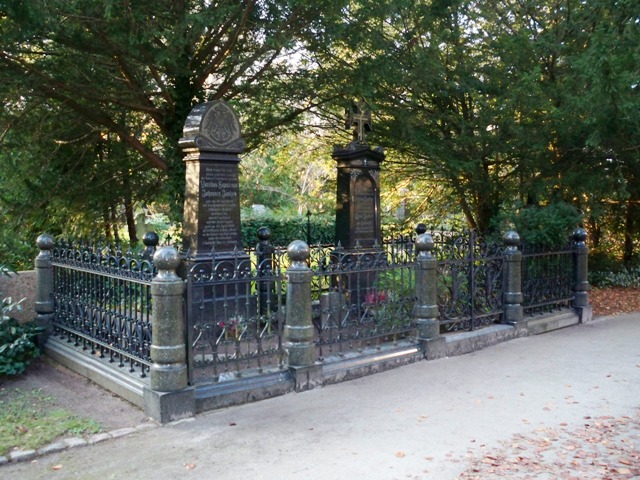In need of a break between all the interesting sites in and around Rostock?
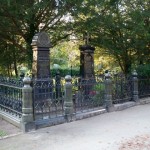
If you stay in Rostock and want to take a rest after you’ve visited lots of various places over here, then take a deep breath and discover lots of interesting things by visiting one of Rostock’s parks.
The STEPHAN-JANTZEN-PARK is a really good example. It is located right in the center of Warnemünde – the district of Rostock which directly faces the Baltic Sea – and like the LINDENPARK, which is located near the city center of Rostock and used to be a graveyard once. Today, the park is a protected area and everybody can visit it.
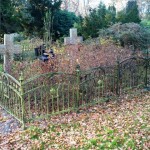
In 1874 the park was founded as the cemetery of Warnemünde. Its location was favorable because it was at that time still on the edge of the village. In the 19th century, Warnemünde did not yet belong to the city of Rostock, but was still an independent small fisherman’s village. The STEPHAN-JANTZEN-PARK was preserved as a cemetery until 1990.
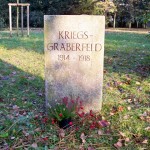
From 1989-1994, the cemetary was gradually transformed into a park. As you walk through the park, you can discover many historically remarkable graves and tombstones, such as soldiers graves from World Wars I and II and a memorial for those who have remained out at sea. But the most remarkable of all in my opinion is thegrave stone of the park’s namesake, the legendary harbor pilot Stephan Jakob Heinrich Jantzen from Warnemünde (1827-1913). ↓
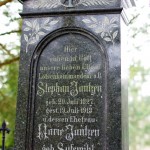
Most of the remaining grave stones are well preserved and easy to find but others are hidden away in the midst of trees and bushes.*1)
Do you think you can discover all of them?
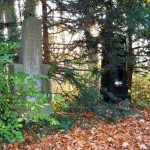
Because of the transformation of the cemetry into a public park for the residential area of Warnemünde, many people like to spent some time there in order to relax and maybe discover some interesting things about its former use as a burial area. It’s been more than 20 years ago that the last burial was performed on the former cemetery which means that the final rest periods of existing graves have already expired. The rest period is the time to rest a grave before it can be occupied again. Urns may be buried in a grave before the end of the rest period. In Germany, this rest period is 20 years.
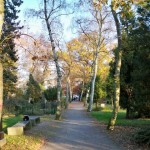
Today, the STEPHAN-JANTZEN-PARK is used by people of all ages. Parents like to go for a walk with their children and older people often sit down on a bench and relax for a while. Many young people, especially students, love to go jogging in the park. Cindy has written two nice blogs on running in Rostock and on cross country running in Rostock. You should definitely have a lock at both of them.

Like the LINDENPARK, the STEPHAN-JANTZEN-PARK also has a certain structure of long avenues. You can still find the orthogonal structure of the old avenues and some left-over tombstones between the, at times, wild bushes and shrubs. Today, the entire park is a nature reserved area and it belongs to the protected ancient monuments of Mecklenburg-Vorpommern.
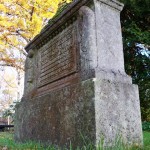
Because legal restrictions are placed on the activities on German nature reserves, any activities visitors would like to engage in have to corollate to the signs put up by the local council. Only by this means e.g. are walkers able to know that they are entering a nature reserve where it is not allowed to leave the tracks and paths, pick up plants or even touch animals and where you have to keep quiet. For historical reasons there is no standard sign used across Germany. Detailed information on nature protection areas and signage are provided here.
Here are a few more of my pictures of the STEPHAN-JANTZEN-PARK just as an impression.
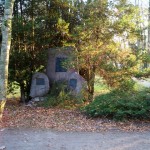
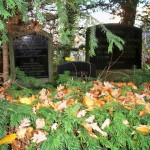
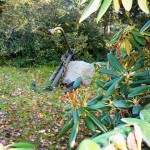
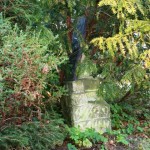
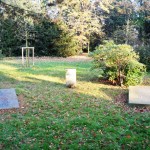
*************************************************************
*1) At this point I’m going to give additional information about the most important graves that should be visited on the cemetery.

